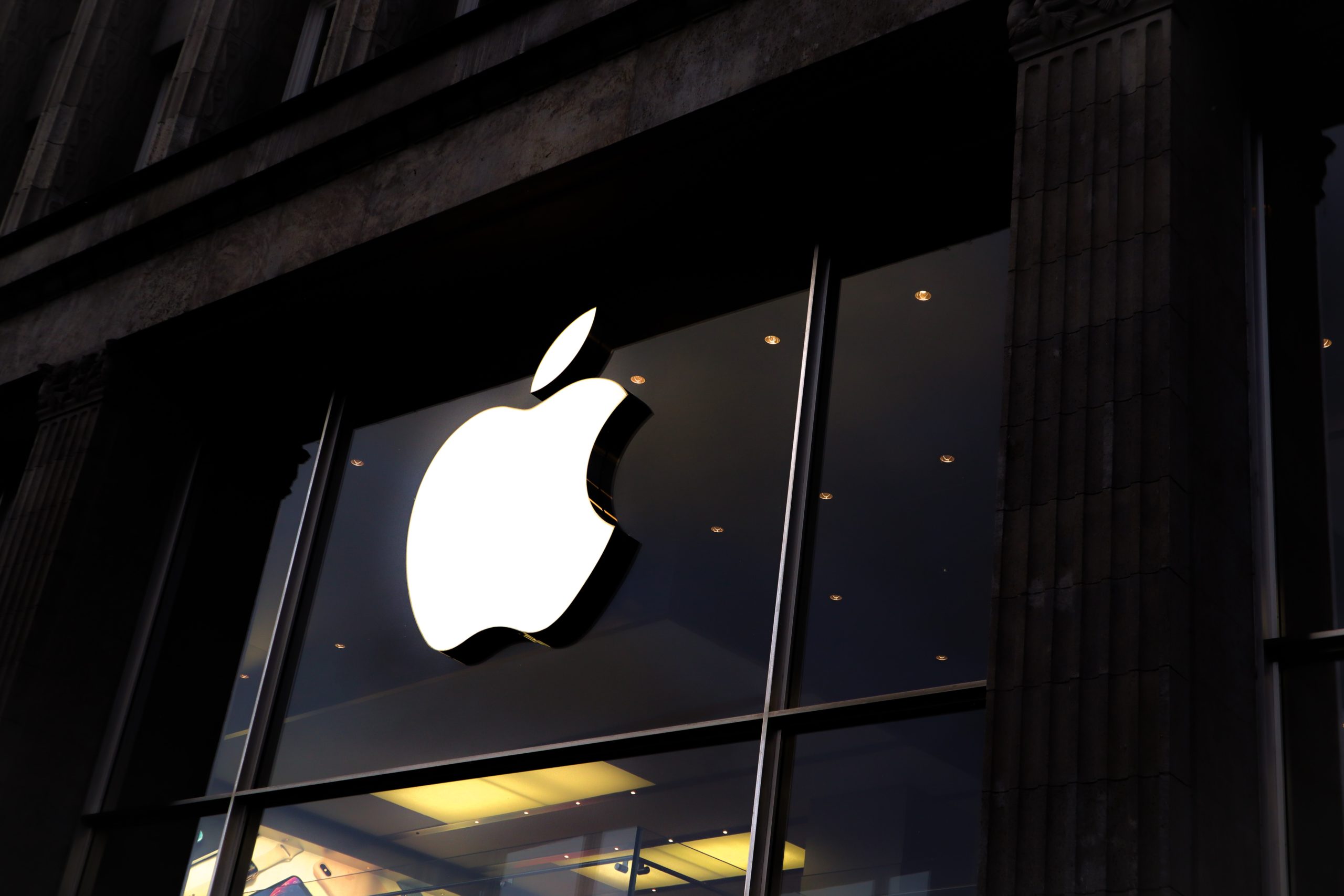It’s the first time that Apple, known for its great commitment to protecting the intellectual property of its designs and technologies, has made these parts and tools available to customers
The owners of more advanced iPhones will now be able to repair broken screens or change worn-out batteries without having to go to an official repair center or an Apple Store. The company has announced the creation of a self-service repair program that will allow owners of an iPhone 12 or 13 (and, soon, Macs with an M1 processor) access to the same replacement parts, repair manuals and tools that Apple uses in their stores.
The first phase of the program, which will start in the US in 2022, will focus on the most frequently repaired iPhone modules, such as the screen, battery and camera. Later that year, other repairs can be made and the program will expand to other countries.
Self-service repairs are obviously intended for people with some technical knowledge or experience in repairing electronic devices. For the vast majority of customers, going to a professional repair service provider with qualified technicians using Apple parts is the safest and most reliable way to repair their products, officials claim.
After repair, customers who return old parts for recycling will also receive a discount for their next purchase.
The program represents a 180-degree turn from company policy, which until now closely controlled the official repair companies for its products, including more than 2,800 independent repair companies around the world.
Using an unauthorized repair center can save you huge amounts of money, but it also exposes the user to poorer quality components and voids the device’s warranty.
Recently, Apple has also disabled some phone features for safety if certain parts were changed. If the iPhone screen was replaced with an unofficial one, for example, the FaceID biometric identification would stop working.
From now on, the company will also relax some of these limits, allowing the use of these third-party elements but warning the user that the piece cannot be verified as original.
Apple’s new repair store for individuals will include more than 200 parts and tools similar to those that the company itself uses in its stores and will have the advantage of not voiding the device’s warranty.
More in the world
This year Black Friday will be less black and more premium
Alexander Schallenberg: the upstart Austrian nobleman who rules with the Greens and confines his country
The change will alleviate pressure on the company from various governments, including regulators in Europe and the US, which have long been championing more clearly the so-called “right to repair,” the idea that users should not be forced to use official parts or repair centers to fix the products they have purchased.
Companies like Apple have traditionally shielded that these measures are not taken for profit, but in an attempt to ensure the security of the data stored on the device or the product itself. Advocates of the right to repair point out that these practices exacerbate the e-waste problem, since in many cases they force users to completely replace products that could be fixed and have a second life if the cost of the repair were lower.
It is the first time that Apple, known for its great commitment to protecting the intellectual property of its designs and technologies, has made these parts and tools available to customers
The owners of a more skilled iPhone will now be able to repair that broken screen or change that worn-out battery without having to go to an official repair center or an Apple Store. The company has announced the creation of a self-service repair program that will allow owners of an iPhone 12 or 13 (and, soon, Macs with an M1 processor) access to the same replacement parts, repair manuals and tools that Apple uses. in their stores.
The first phase of the program, which will start in the US in 2022, will focus on the most frequently repaired iPhone modules, such as the screen, battery and camera. Later in the year, other repairs can be made and the program will expand to other countries.
Self-service repairs are obviously intended for people with some technical knowledge or experience in repairing electronic devices. “For the vast majority of customers, going to a professional repair service provider with qualified technicians using Apple parts is the safest and most reliable way to repair their products,” they explain from the company.
After repair, customers who return old parts for recycling will also receive a discount for their next purchase.
The program represents a 180-degree turn from company policy, which until now closely controlled the official repair companies for its products, including the more than 2,800 independent repair companies around the world.
Using an unauthorized repair center can save you huge amounts of money, but it also exposes the user to poorer quality components and voids the device’s warranty.
Until recently, Apple also disabled some phone features for safety if certain parts were changed. If the iPhone screen was replaced with an unofficial one, for example, the FaceID biometric identification would stop working.
From now on, the company will also relax some of these limits, allowing the use of these third-party elements but warning the user that the piece cannot be verified as original.
Apple’s new repair store for individuals will include more than 200 parts and tools similar to those that the company itself uses in its stores and will have the advantage of not voiding the device’s warranty.
More in the world
This year Black Friday will be less black and more premium
Alexander Schallenberg: the upstart Austrian nobleman who rules with the Greens and confines his country
The change will alleviate pressure on the company from various governments, including regulators in Europe and the US, which have long been championing more clearly the so-called “right to repair,” the idea that users They should not be forced to use official parts or repair centers to fix the products they have purchased.
Companies like Apple have traditionally shielded that these measures are not taken for profit, but in an attempt to ensure the security of the data stored on the device or the product itself. Advocates of the right to repair point out that these practices exacerbate the e-waste problem, since in many cases they force users to completely replace products that could be fixed and have a second life if the cost of the repair were lower.


